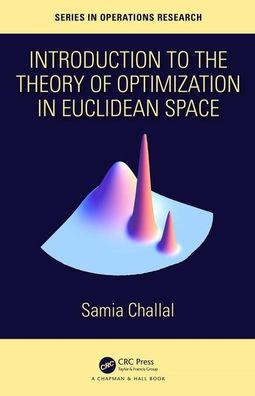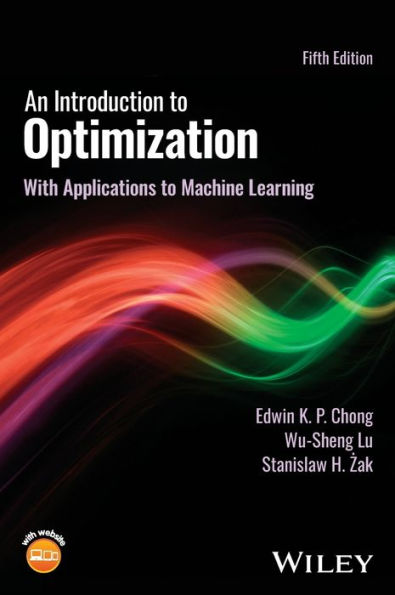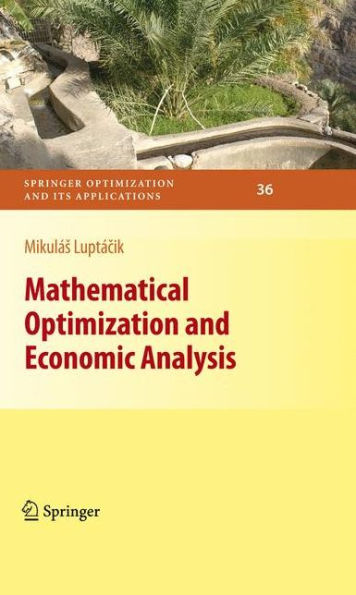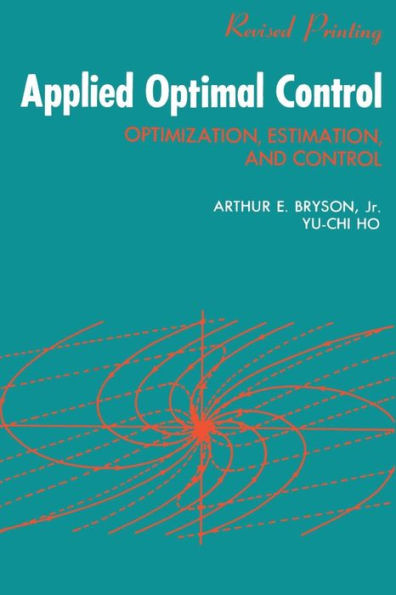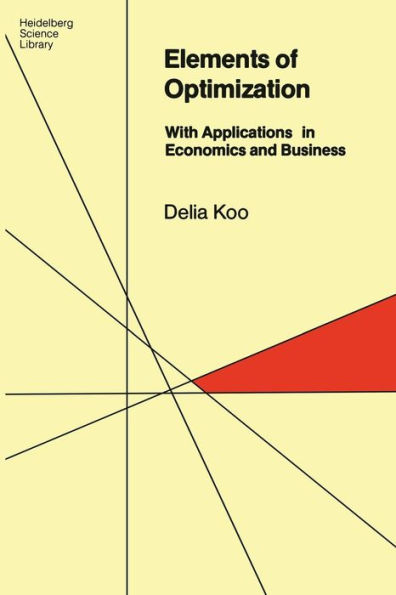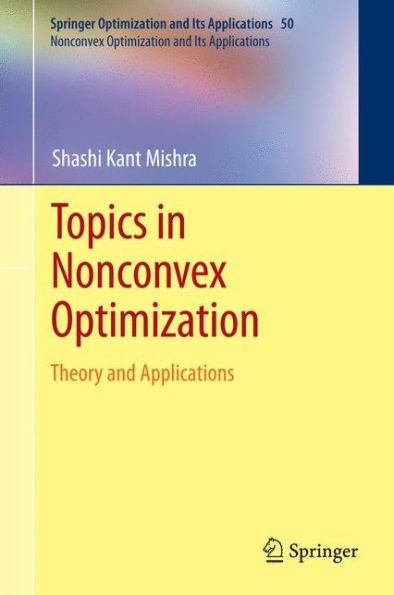Home
Introduction to Applied Optimization / Edition 2
Barnes and Noble
Introduction to Applied Optimization / Edition 2
Current price: $89.99
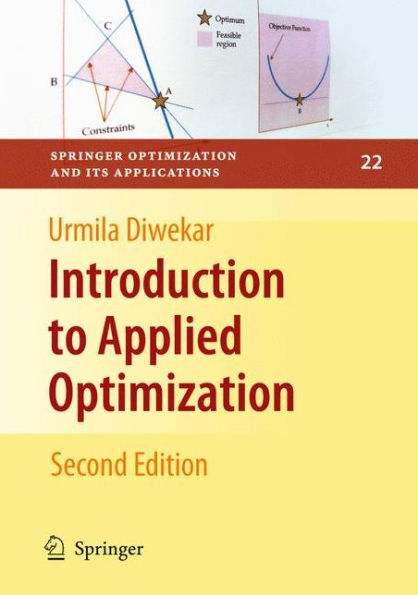

Barnes and Noble
Introduction to Applied Optimization / Edition 2
Current price: $89.99
Size: OS
Loading Inventory...
*Product information may vary - to confirm product availability, pricing, shipping and return information please contact Barnes and Noble
Optimization has pervaded all spheres of human endeavor. Although op- mization has been practiced in some form or other from the early prehistoric era, this area has seen progressive growth during the last five decades. M- ern society lives not only in an environment of intense competition but is also constrained to plan its growth in a sustainable manner with due concern for conservation of resources. Thus, it has become imperative to plan, design, operate, and manage resources and assets in an optimal manner. Early - proaches have been to optimize individual activities in a standalone manner, however, the current trend is towards an integrated approach:integratings- thesis and design, design and control, production planning, scheduling, and control. The functioning of a system may be governed by multiple perf- mance objectives. Optimization of such systems will call for special strategies for handling the multiple objectives to provide solutions closer to the systems requirement. Uncertainty and variability are two issues which render op- mal decision making difficult. Optimization under uncertainty would become increasingly important if one is to get the best out of a system plagued by uncertain components. These issues have thrown up a large number of ch- lenging optimization problems which need to be resolved with a set of existing and newly evolving optimization tools. Optimization theory had evolved initially to provide generic solutions to optimization problems inlinear, nonlinear, unconstrained, and constrained- mains. These optimization problems were often called mathematical programming problems with two distinctive classifications, namely linear and nonlinear programming problems.

